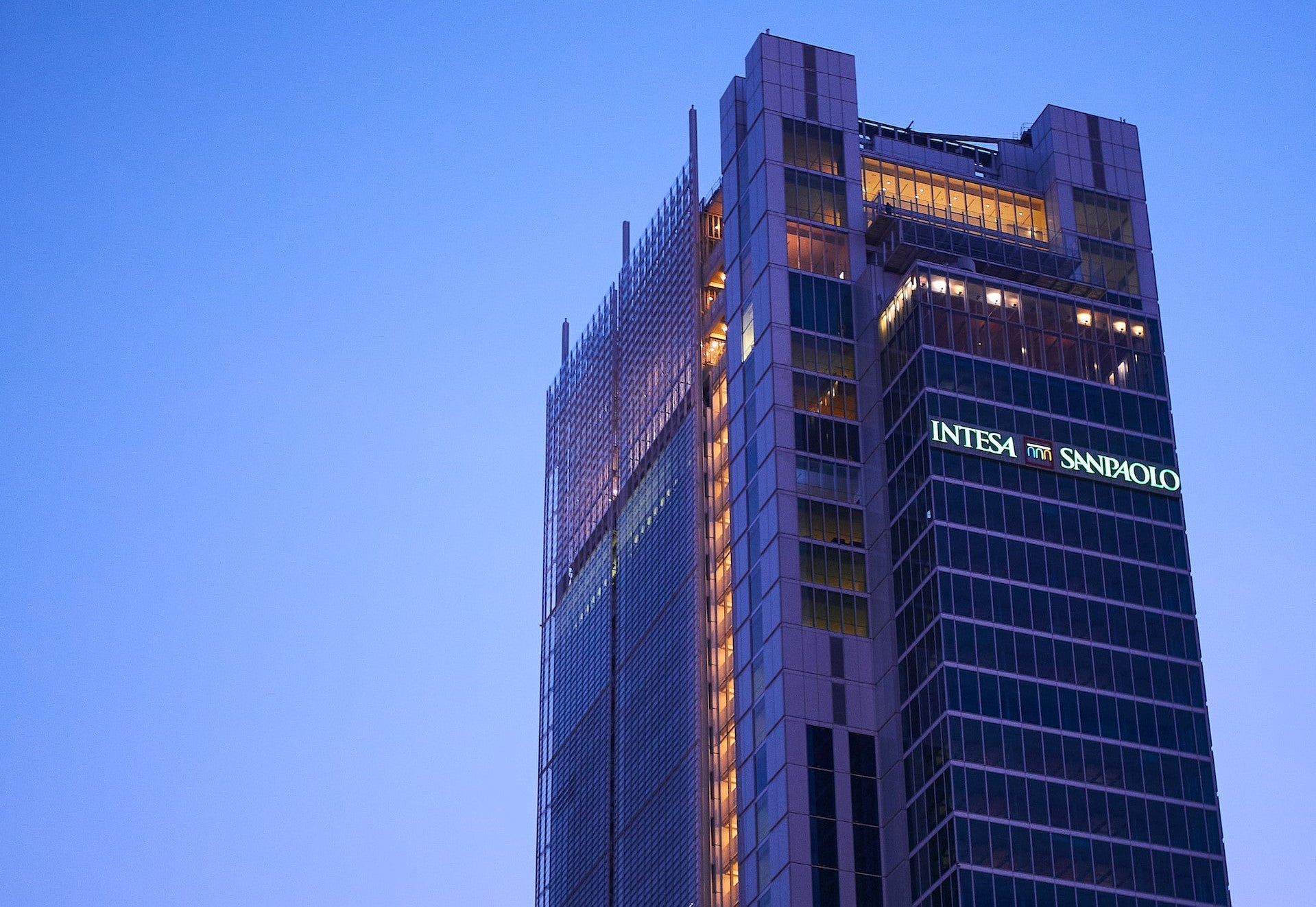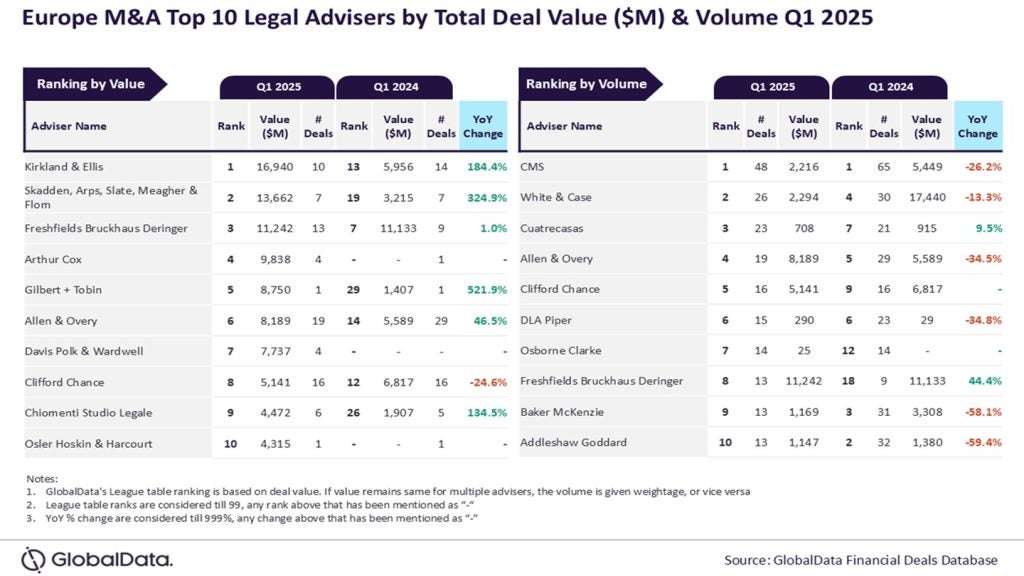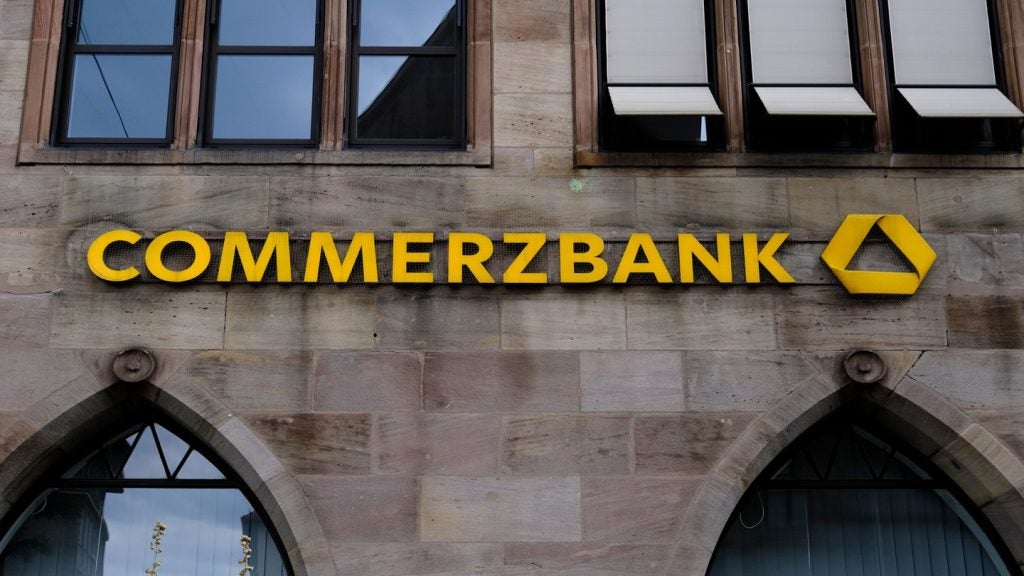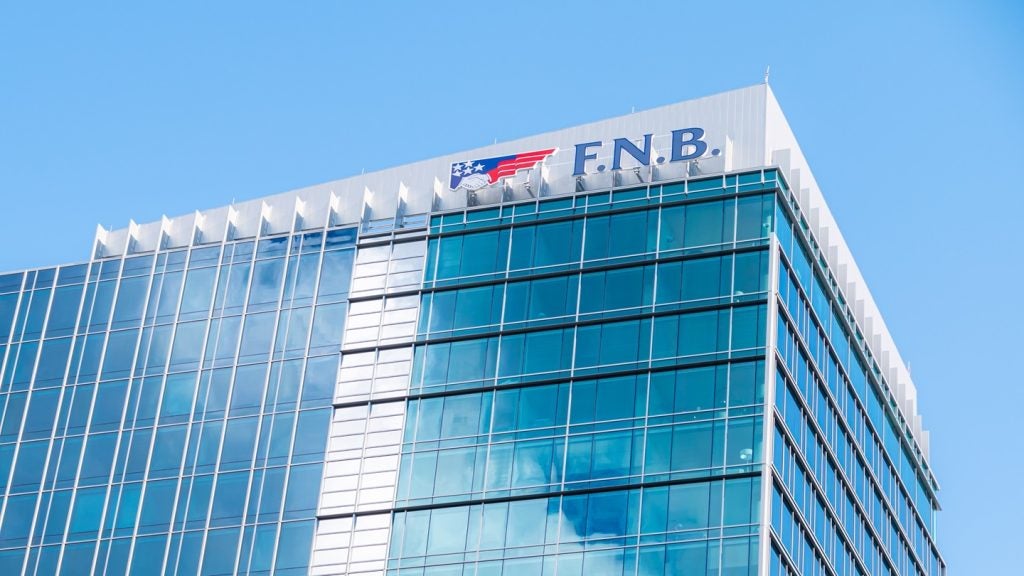
Italian lender Intesa Sanpaolo is reducing its risk-weighted assets (RWAs) by around €20bn after the review by the European Central Bank (ECB), reported Bloomberg citing unnamed sources.
The Turin-based bank is reducing RWAs by selling loans and other assets, the sources said.
It is also considering so-called synthetic securitisation, which often entails investors taking on the risk of losses in exchange for a fee, they added.
According to the sources, the ECB in a review last year concluded that Intesa Sanpaolo need to adopt a more conservative stance in its risk models.
Responding to the development, the lender said, “the group’s fully loaded Common Equity Tier 1 ratio is expected to come in at levels of around 13% as of 31 December 2022”.
It will be “at levels well above the target of over 12% over the 2022-2025 business plan time horizon,” it added.
“The actions to reduce the group’s RWAs carried out in the fourth quarter of 2022 are to be related to the regulatory changes applicable as of 1 January 2023 by European Banking Authority guidelines,” the bank further said.
The move is anticipated to contribute to “the significant value creation and distribution to shareholders”.
For the period up to 2025, Intesa Sanpaolo aims to distribute more than €22bn through dividends and share buybacks.
As the sector deals with the effects of the Russia-Ukraine war, the ECB asked banks in the bloc to assess their capital position in September 2022.
The regulator had asked the lenders in the region to evaluate their exposure to energy-intensive industries.







